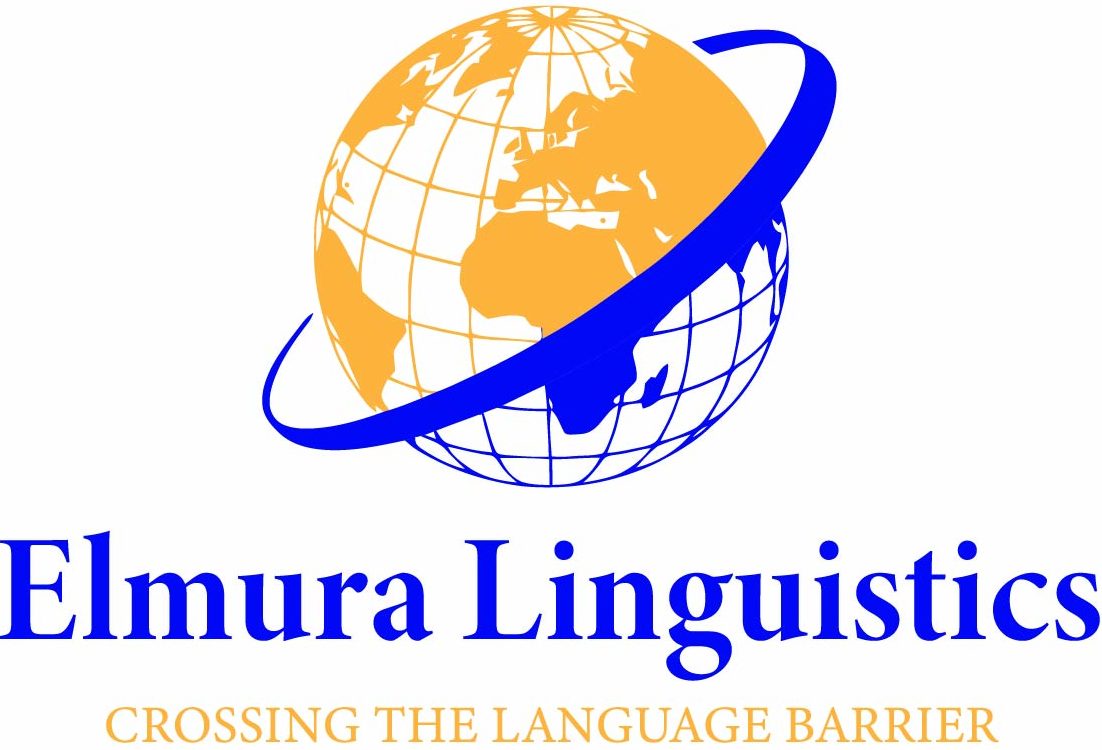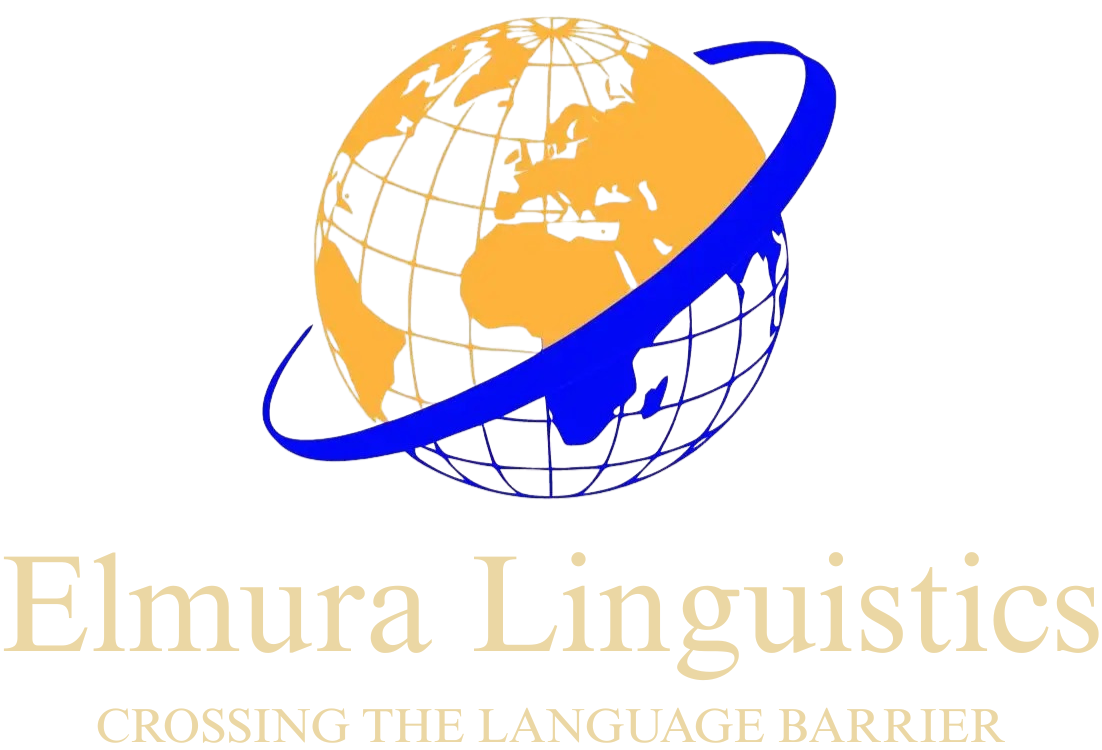For business-critical translation, ChatGPT is not good enough. Independent studies continue to show that while AI models can produce fluent-sounding translations, their accuracy lags significantly behind professional human translators.
A 2025 peer-reviewed study found that human translators achieved 94.5% accuracy, compared to 77.9% for ChatGPT on the same text.
While ChatGPT can assist with informal or internal drafts, it cannot replace the accuracy, nuance, and confidentiality that professional translation demands.
Table of Contents
ToggleWhy Businesses Are Turning to ChatGPT for Translation

Many businesses have turned to ChatGPT because it is fast, accessible, and inexpensive. It can generate translations within seconds and handle multiple languages at once. For teams managing internal documents or large volumes of simple content, that speed is appealing.
The issue is that fluency often gets mistaken for accuracy. ChatGPT can produce text that reads well but carries subtle errors in tone, terminology, or cultural meaning. These mistakes are rarely obvious until they create confusion or affect how a brand is perceived.
Another misconception is that ChatGPT learns from company input. In practice, it does not adapt to a business’s specific vocabulary, compliance rules, or brand voice unless humans intervene. The model provides general language output, not tailored translation.
Businesses turn to ChatGPT because it feels efficient. Yet true translation requires more than converting words – it demands precision, context, and cultural understanding. Those elements still depend on human expertise.
Is ChatGPT Good at Translation? What the Data Really Shows
According to Dr. Thomas Schmitt, a researcher contributing to the WMT 2024 Translation Evaluation Report, large language models like ChatGPT often produce output that “appears fluent but diverges from the source meaning,” especially in complex domains such as healthcare and law. The study noted recurring issues with omissions, additions, and mistranslations – problems that can change the intent of a message entirely.
Rafat Al Rousan, Raghad Jaradat, and Mona Malkawi, authors of “ChatGPT Translation vs. Human Translation: An Examination of a Literary Text” (2025), reached a similar conclusion. They observed that “human translators achieved 94.5% accuracy, compared to 77.9% for ChatGPT on the same text”.
While there is no denying that new AI technologies and tools are making a significant impact on translation, specialised translation remains problematic for automation especially in regard to terminology.” as explained in the Journal of Languages and Law.
Researchers agree that while these models are improving, their translations still lack semantic precision and contextual reliability. They work statistically, not intuitively, and this limits their ability to capture nuance, tone, or regional variation.
The question “is ChatGPT good at translation” depends on the level of quality required. For simple text, it may seem acceptable. For professional communication, legal compliance, or brand messaging, the data clearly shows it is not reliable enough.
The Human Context Problem: Where AI Translation Fails

AI translation tools operate on statistical prediction, not understanding. They identify patterns in language but do not grasp meaning or intent. As a result, the output may read fluently but fail to convey the correct message.
AI cannot consistently interpret tone, emotion, or cultural nuance. It does not distinguish between formal and informal contexts and often misses the purpose behind a phrase. This limits its reliability for professional use.
| Aspect | AI Translation | Human Translation |
| Cultural Nuance | Misses idioms and local references | Adapts to regional and cultural context |
| Tone and Style | Produces generic language | Adjusts tone to suit purpose and audience |
| Terminology | Inconsistent in long texts | Maintains precision using glossaries |
| Context Understanding | Translates word by word | Interprets meaning within full context |
| Accountability | No verification or ownership | Reviewed and approved by professionals |
In practical terms, this means AI can process text quickly but cannot interpret meaning accurately. When tone or context defines the message, it fails to deliver dependable results.
For this reason, the question “is ChatGPT good at translation” has a clear answer in professional contexts: it lacks the ability to understand meaning beyond words.
Why Professional Human Translators Outperform AI

Human translators bring skills that automation cannot replicate. They understand language as communication, not just data. Every translation decision they make considers intent, tone, and audience.
AI models rely on probability. They select words that statistically fit together without evaluating if the sentence communicates the right meaning. Human translators evaluate both linguistic and cultural factors before choosing a phrase. This difference defines translation quality.
Key strengths of professional translators include:
- Context awareness: Understanding the full message before translating any part of it.
- Cultural accuracy: Adapting expressions, idioms, and references so they make sense locally.
- Terminology precision: Applying consistent vocabulary based on industry standards and client glossaries.
- Quality control: Reviewing, editing, and validating every translation for clarity and accuracy.
- Confidentiality: Following strict privacy and data protection protocols that AI systems cannot guarantee.
A professional translator also ensures that a brand’s message remains consistent across languages. In sectors such as legal, medical, and technical translation, this accuracy prevents costly misinterpretation.
While AI tools can assist with basic tasks, they cannot replace the depth of understanding, responsibility, and reliability that a professional translator provides.
How Elmura Linguistics Balances AI Tools with Human Expertise
At Elmura Linguistics, technology supports our work but never replaces professional judgment. We use AI tools to assist with initial drafts or terminology checks, but every translation is reviewed, refined, and approved by a qualified human linguist.
Our approach ensures efficiency without compromising accuracy or cultural relevance. AI helps identify patterns and speed up repetitive tasks, while our translators focus on meaning, tone, and compliance with client standards.
Each project follows a clear process:
- Assessment: We review the source text and determine whether AI assistance is appropriate.
- Initial Translation: AI may generate a draft for basic or repetitive segments.
- Human Revision: Professional translators edit and adapt the text for accuracy and style.
- Quality Assurance: Editors perform a full review to ensure the translation reads naturally and matches client expectations.
- Confidential Delivery: All materials are handled under strict data protection measures.
This balance allows us to use technology efficiently while maintaining the quality, confidentiality, and reliability that clients expect from a professional agency.
The Real Business Risks of Relying on AI Translation Alone

Using AI translation tools without human review can create serious business risks. The most common issues involve accuracy, confidentiality, and brand credibility.
1. Accuracy errors
AI systems can misinterpret technical terms, legal phrasing, or cultural expressions. A small mistranslation in a contract or product manual can result in legal exposure or customer complaints. In regulated industries, this risk is unacceptable.
2. Confidentiality concerns
When text is entered into online AI tools, the data may be stored or processed on external servers. Businesses handling sensitive information risk breaching privacy regulations or internal compliance policies.
3. Brand inconsistency
Automated translation produces literal results that ignore tone and brand identity. A marketing message written to inspire trust or emotion can become flat or confusing in another language, reducing impact and professionalism.
4. Lack of accountability
AI cannot be held responsible for errors. Without human oversight, no one ensures that the final text communicates the intended meaning.
5. Compliance issues
Some industries, including legal, financial, and medical sectors, require certified translation. AI-generated output does not meet these standards and cannot be legally validated.
For professional communication, every translation represents a brand and carries responsibility. Relying only on AI increases the risk of misunderstanding, reputational harm, and regulatory noncompliance. Human review remains essential to protect business integrity and client trust.
Additional Evidence: Performance and Privacy Risks in AI Translation
Further evaluations reinforce this gap. In the WMT 2024 Biomedical Translation Task, large language models often added content not present in the source text, an unacceptable error in regulated industries.
According to Abdel Rahman Mitib Altakhaineh, Ghazi Ayed Alghathian, and Mashal Mufleh Jarrah, authors of “The Quality of ChatGPT Translations of Legal Texts” in the Journal of Languages and Law, AI translations continue to struggle with terminology precision and contextual consistency, areas where human translators still perform better.
Data privacy is another concern. Emma Roth, writing for The Verge (2025), reported that some deleted chat data from OpenAI systems may be retained under court order, which makes these tools unsuitable for confidential or regulated content.
These studies confirm that beyond quality issues, AI translation also carries risks related to data protection and professional accountability.
AI Can Help, but Only Humans Build Trust

AI translation tools can support basic communication, but they cannot replace professional expertise. They process words without understanding intent, tone, or cultural meaning. For business use, this limitation creates risk.
Human translators ensure accuracy, maintain confidentiality, and adapt language for each audience. They protect a brand’s message and guarantee that translations meet professional and legal standards.
For organizations that value quality and credibility, translation should never rely on automation alone. AI may assist, but human expertise ensures that every message is accurate, compliant, and culturally clear.
If your business needs reliable translation, contact Elmura Linguistics. Our team of professional linguists delivers precise, culturally appropriate translations that help companies communicate with confidence.








